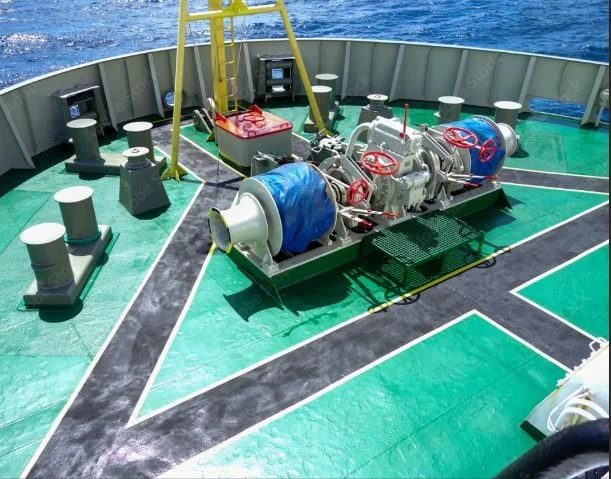Mooring may look simple from the bridge, “Let go forward!”, “Slack aft!”, “Heave on breast line!” , but on deck, it’s one of the most dangerous jobs on the ship.
As a cadet, you’re not expected to operate winches or handle ropes, but you must observe, understand, and learn as much as possible. Because one day, you’ll be the one giving mooring orders.
Here’s what you should focus on during mooring operations:
- Respect the Danger
Mooring is a high-risk activity. Many seafarers have lost limbs or worse due to rope parting, snapback zones, or sudden winch movement.
> Cadet tip: Never treat mooring as routine. Stand clear, wear full PPE, and observe silently unless asked to assist.
- Learn the Mooring Plan
Before arriving at port, join the mooring station briefing. Pay attention to:
How many lines are going forward and aft
Breast lines vs. spring lines
Mooring arrangement as per port/terminal
Standby orders in case of strong wind/current
> Cadet tip: Ask the Chief Mate if you can view the mooring plan on the mooring arrangement drawing or on the bridge.
- Understand the Lines
Head lines hold the bow
Stern lines hold the stern
Springs prevent fore-aft movement
Breast lines prevent sideways movement
Also observe:
Rope material: synthetic or wire
Winch drums: split drum vs. warping drum
Stoppers and tension
> Cadet tip: During stand-by, see how lines are run ashore and how shoremen handle them.
- Watch Snapback Zones
Every rope under tension has a “snapback” zone, an invisible area where the rope may recoil dangerously if it parts.
> Cadet tip: Identify and stay out of snapback zones. Watch where senior crew are standing, learn from their body language.
- Observe Communication
Bridge and deck communication is key. Note how:
Bridge gives orders to forward/aft stations
Officers respond clearly: “Slack breast line, aye!”
Hand signals are used if radios fail
> Cadet tip: Try to understand both the radio lingo and hand signals used.
- During Unmooring, Don’t Switch Off
Unmooring is not just reverse of mooring. There may be differences in current, line priority, tugs, or wind conditions.
> Cadet tip: Stay sharp. See how lines are slackened in the correct sequence and how the vessel pivots out.
- Take Mental Notes
You may not be allowed to take photos, but take mental snapshots of:
Line arrangement
Winch operation
Mooring team coordination
Any delays or problems
Later, make a small sketch in your TRB with the date, port, and what you observed.
Final Advice from the Bridge
Many cadets stand at the back during mooring, chatting or daydreaming. Don’t waste that golden learning opportunity.
Observe closely. Ask questions later. Understand the why behind each order.
Because mooring is not just about ropes and bollards, it’s about teamwork, timing, and tension.
Master it slowly, and one day you’ll lead your own mooring team with confidence


